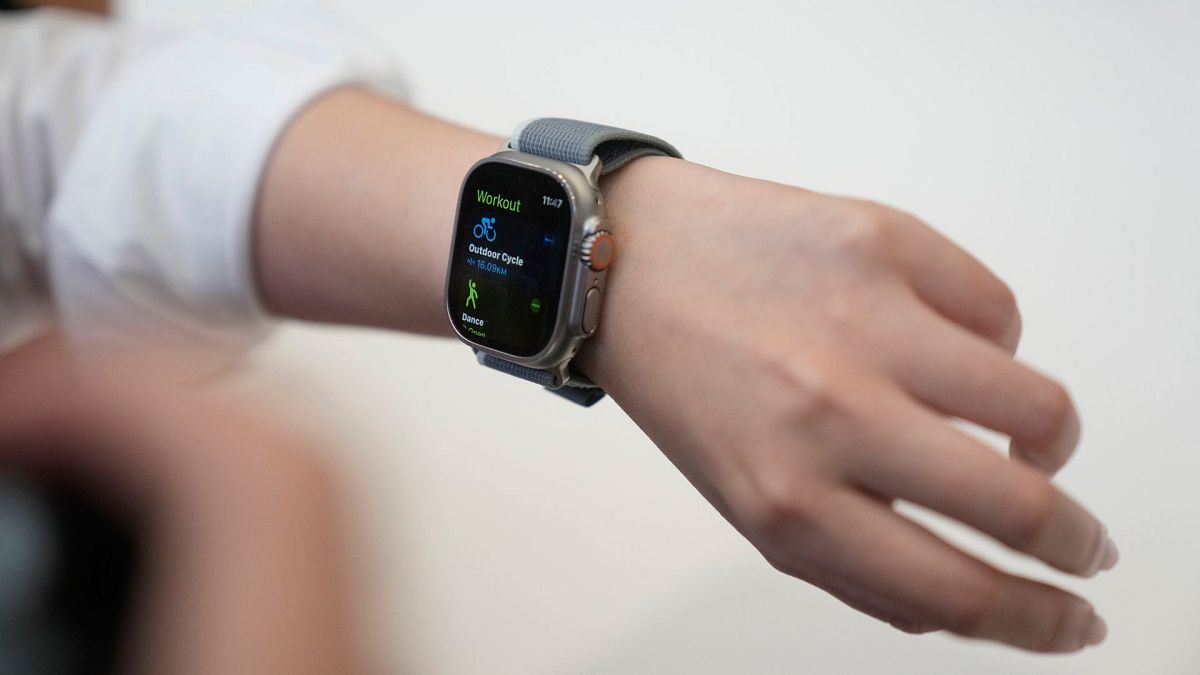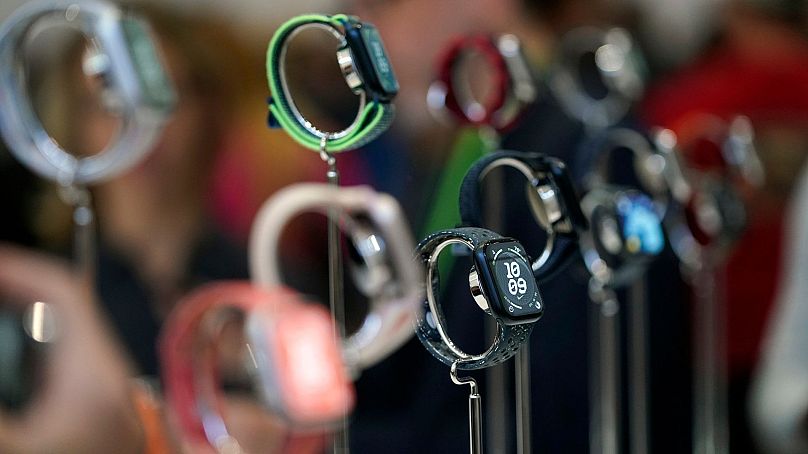While Apple's actions are positive, they do not solve the problem of e-waste, experts say.
Last Tuesday, at its long-expected annual keynote, Apple spent some time recalling its climate goals and taking stock of its emissions and energy-saving achievements.
In addition to the new iPhone 15, the Californian company presented the latest model of its smartwatch. As well as showcasing its newest features, Apple assured customers that this is its first 'carbon-neutral' product.
Messages in favour of the environment and a commitment to the green transition made up a large part of the presentation.
This included emphasis on the use of more recycled materials in the new iPhone. It also underlined its manufacturer's commitments to reduce emissions and intention to make all products carbon-neutral by 2030.
At a time when the climate crisis is becoming increasingly palpable, the California-based company wants the public to see it as a sustainable choice in technology.
It even put out a video in which Apple workers, including CEO Tim Cook himself, summarise their achievements and goals in a meeting with Mother Earth, played by Oscar-winning actress Octavia Spencer.
Given this boast of environmental ambition, many are asking: is this all just another greenwashing operation? Can Apple's business model really be environmentally sustainable?
Apple’s first 'carbon-neutral' device
The new Apple Watch Series 9 and Ultra 2, as well as the previous SE model, have been presented as 'carbon-neutral' devices, from production to selling. In environmental reports, Apple explains how it has calculated the emissions to be able to claim this.
The company uses the kilograms of carbon emitted in its products’ different phases of life as its basis, from the materials to transportation.
It also includes the electricity consumed, both in the manufacture of the smartwatches - which accounts for most of the emissions - and that used by customers to recharge them at home.
Taking all this into account, Apple claims to have achieved neutrality in two ways: by reducing emissions where they can act directly and by offsetting them where they can’t.
The former, according to its own reports, has been achieved in three ways. By using 100 per cent clean electricity in its manufacturing processes, prioritising transportation by sea and other means instead of by air, and increasing the amount of recycled and sustainable materials in its devices.
Apple says it will also stop using leather in its bands and cases, due to the high environmental cost of the livestock industry.
The remaining emissions are offset with carbon credits in environmental projects which, the company says, meet international standards to be real and quantifiable.
"Carbon credits applied are retired after the end of each fiscal year, to correspond to the remaining emissions from the total number of products sold in the prior fiscal year," Apple explains.
Is Apple's green strategy really sustainable?
Although the tech company has been bragging for years about being environmentally conscious in its products, some detractors see these ads as yet another greenwashing operation.
The very concept of 'carbon-neutral' has been called into question because of the confusion it creates for some consumers.
"There is no such thing as a carbon-neutral product," David Ho, climate scientist and professor at the University of Hawaii, told Wired magazine.
"It’s kind of silly. It gives consumers the idea that there are ways out of these problems that don’t involve consuming less," Ho considers.
The expert jokes on Twitter that unless the new Apple Watch absorbs CO2 from the atmosphere, the 'carbon-neutral' label is nothing more than marketing.
One of the main criticisms of 'carbon-neutral' products and services is that, while they can reduce the environmental impact of their production phase, they still rely on carbon credits, externalising emissions through investments in green projects such as reforestation.
This strategy has been questioned by environmental organisations such as the NewClimate Institute.
“Recent scientific literature has demonstrated again and again that the real impacts associated with carbon crediting projects is far inferior to what their labels suggest,” the non-profit organisation says.
“Due to natural or human-induced disturbances such as forest fires, land degradation or land-use change, carbon storage in forestry and land-use projects is likely to only be temporary, and therefore in no way comparable with not having emitted greenhouse gases in the first place.”
Is it better to reuse rather than recycle?
Given that the best way to reduce emissions is not to emit them in the first place, increasing the lifespan of our devices remains the best way to reduce their environmental footprint.
A 2019 study by the European Environmental Bureau noted that increasing the lifespan of our phones and other devices by just one year would reduce carbon emissions in the EU by as much as removing 2 million cars from our roads.
According to the network of environmental citizens’ organisations, some 211 million phones are sold each year in the EU. On average, they are used for just three years before being replaced by new models.
So even if tech companies increase their environmental commitments, extending the use of our devices is still the most sustainable option.




